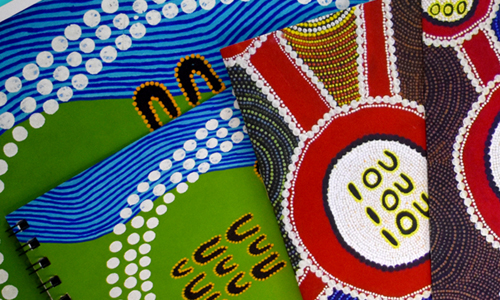

The theme of World Sight Day 2024 is of course: Love Your Eyes Kids.
World Sight Day, held on 10 October, 2024, is one of the most important days of the year for the eye health and vision care sector. It’s an international event that provides an opportunity to focus the world’s attention on the importance of good eye health and vision care.
This year we are focusing attention on the importance of eye care in young people and inspiring children everywhere to love their eyes. Together, we can create a world where every child has eye health that is accessible, available and affordable.
Eye diseases and vision problems are the most common long-term health conditions reported by Aboriginal and Torres Strait Islander people. Around one-third of Indigenous Australians report eye or sight problems (AIHW 2021). Indigenous Australians people experience higher rates of cataract, diabetic retinopathy and trachoma compared with non-Indigenous Australians (Landers et al. 2010; Razavi et al. 2018).
The factors that contribute to poorer eye health for Indigenous Australians are complex and may be related to a range of social and cultural determinants of health (Razavi et al. 2018; Taylor H et al. 2012; The Kirby Institute 2019). Factors
contributing to poorer eye health include those that affect health more generally such as age, high blood pressure, obesity, diabetes, low birth weight and malnutrition. These, in turn, are linked to health risks such as diet, and alcohol and tobacco use
(AIHW 2021).
There is evidence that Indigenous Australian children, especially those living in remote areas, generally experience less vision loss, blindness and refractive error than non-Indigenous children (Hopkins et al. 2016; SCRGSP 2016; Taylor H et al. 2009).
However, this trend reverses by adulthood, with the prevalence of blindness and vision loss higher in Indigenous Australian adults than non-Indigenous adults (Foreman et al. 2016; Taylor H et al. 2010).